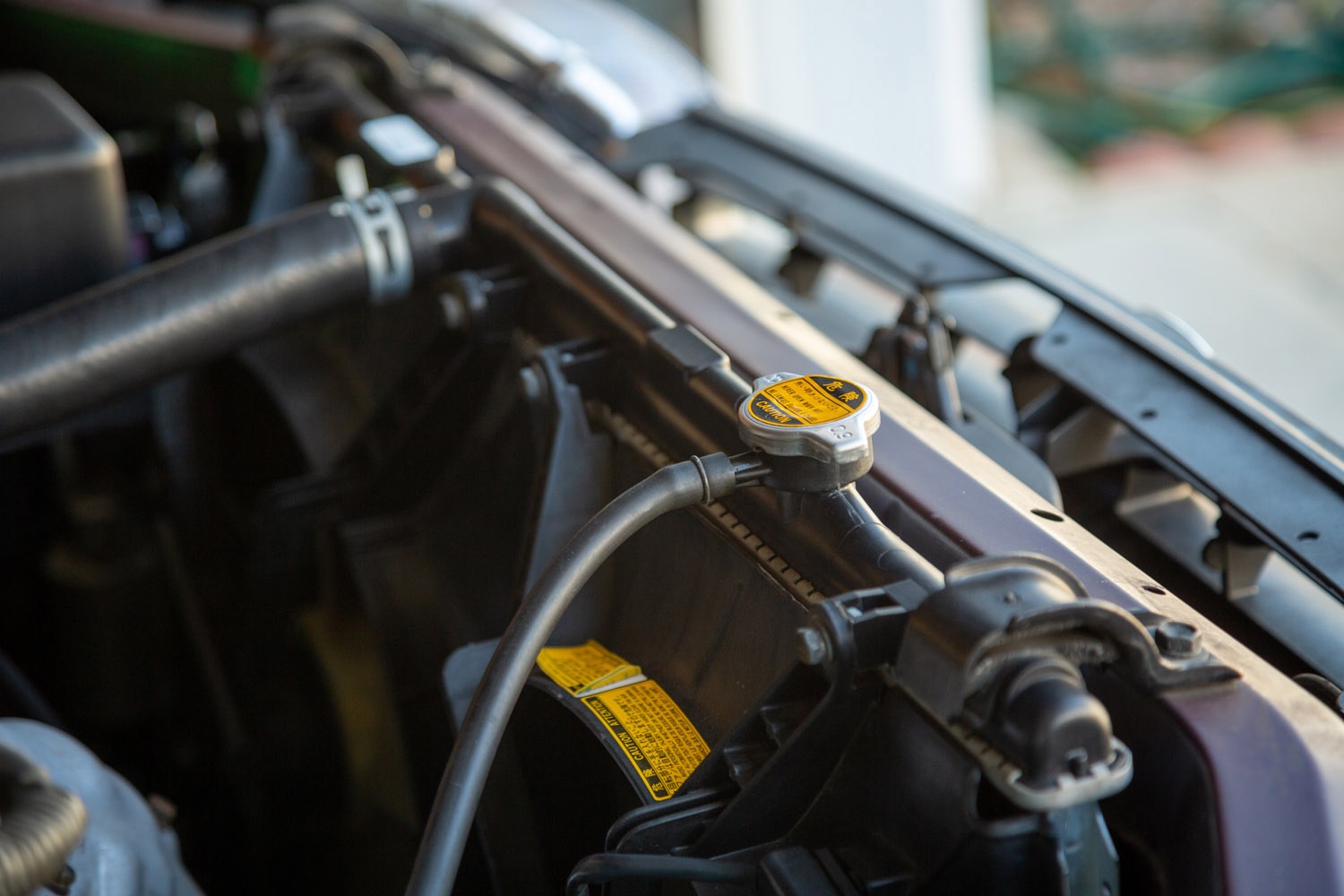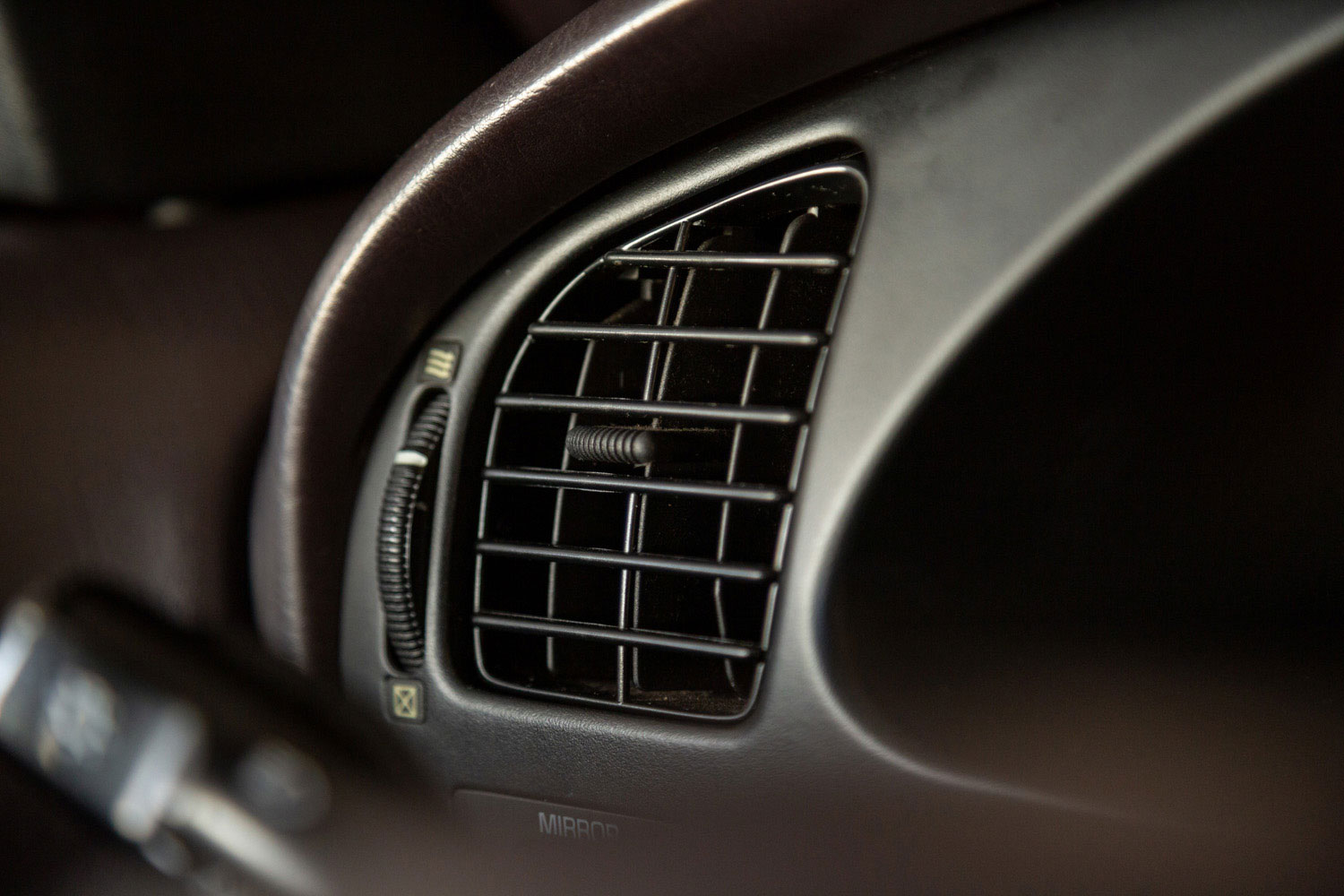When and How to Service Your Car’s Cooling System
Keeping your car’s cooling system in good shape can save you money in the long run.
 Manuel Carrillo III/Capital One
Manuel Carrillo III/Capital One
Keeping your car’s cooling system in good condition is one of the most effective ways to prevent costly engine damage. Nearly every component in the system is a wear-and-tear part, meaning it will eventually require replacement — automakers recommend periodically flushing and refilling the coolant that flows through it.
Here are the key details about when and how to service your car’s cooling system.
What Does a Cooling System Do?
The cooling system is a closed circuit that keeps your engine running at a safe temperature. Coolant stored in the expansion tank is driven by the water pump to the engine via hoses. As the coolant travels through passages in the engine block, it absorbs heat and then returns to the radiator. The radiator is where the liquid cools and starts its journey again. Coolant is sometimes called antifreeze because it prevents the system from icing up in cold temperatures. Coolant also circulates to your car’s heater core, which in turn can heat the air that blows into the cabin to keep you warm.
 Manuel Carrillo III
Manuel Carrillo III
How Often Should Coolant Be Replaced?
The useful life of your car’s coolant depends largely on what, where, and how you drive. Toyota recommends inspecting the coolant in a RAV4 every 15,000 miles or 18 months, (whichever comes first), and replacing it after 100,000 miles or 120 months. Ford recommends replacing the F-150’s coolant at 200,000 miles. You can find your car’s service schedule in its owner’s manual. When inspecting the coolant, signs that it needs to be flushed include discoloration and deposits in the expansion tank.
How Much Do Shops Charge for This Service?
Because most of the cost of a coolant flush is labor, rather than the fluid itself, where you live has the biggest impact on how much you’ll pay. Dealers charge upward of $180, while the price ranges from about $175 to $250 at chain repair shops.
Is This Something I Can Do at Home?
If you have the proper tools and are comfortable working on your vehicle, you can change your coolant yourself. Make sure that the engine is cold before beginning your work to avoid serious injuries like burns, and park the car on a level surface. Remove the radiator and expansion tank caps, position a large pan under the radiator, loosen the radiator’s drain plug (check the owner’s manual to determine whether you need a wrench), and let the coolant drain into the pan.
If you’re flushing the system, follow the instructions written on the flush product you’re using. If not, refill the radiator with the type and quantity of coolant listed in your car’s owner’s manual, and keep in mind that you may need to dilute it with distilled water. Follow the bleeding procedure also described in the owner’s manual to rid the system of any trapped air.
What Else Should I Consider?
It’s a good practice to inspect the various parts of your car’s cooling system periodically and while changing the coolant. For example, hoses dry out and develop leaks as they age. Signs of a failing coolant hose include swelling, cracks, holes, or leaks; you may also spot coolant residue near a hose’s junction. Residue and coolant trails can appear around the water pump if the part is about to fail. When the engine is cool you can also remove the radiator cap on many vehicles to inspect the rubber gasket on the underside of the cap. If the rubber appears cracked or feels very hard, it’s best to replace it before the part fails.
Written by humans.
Edited by humans.
 Ronan Glon
Ronan GlonRonan Glon is an American journalist and automotive historian based in France. He enjoys working on old cars and spending time outdoors seeking out his next project car.
Related articles
View more related articles